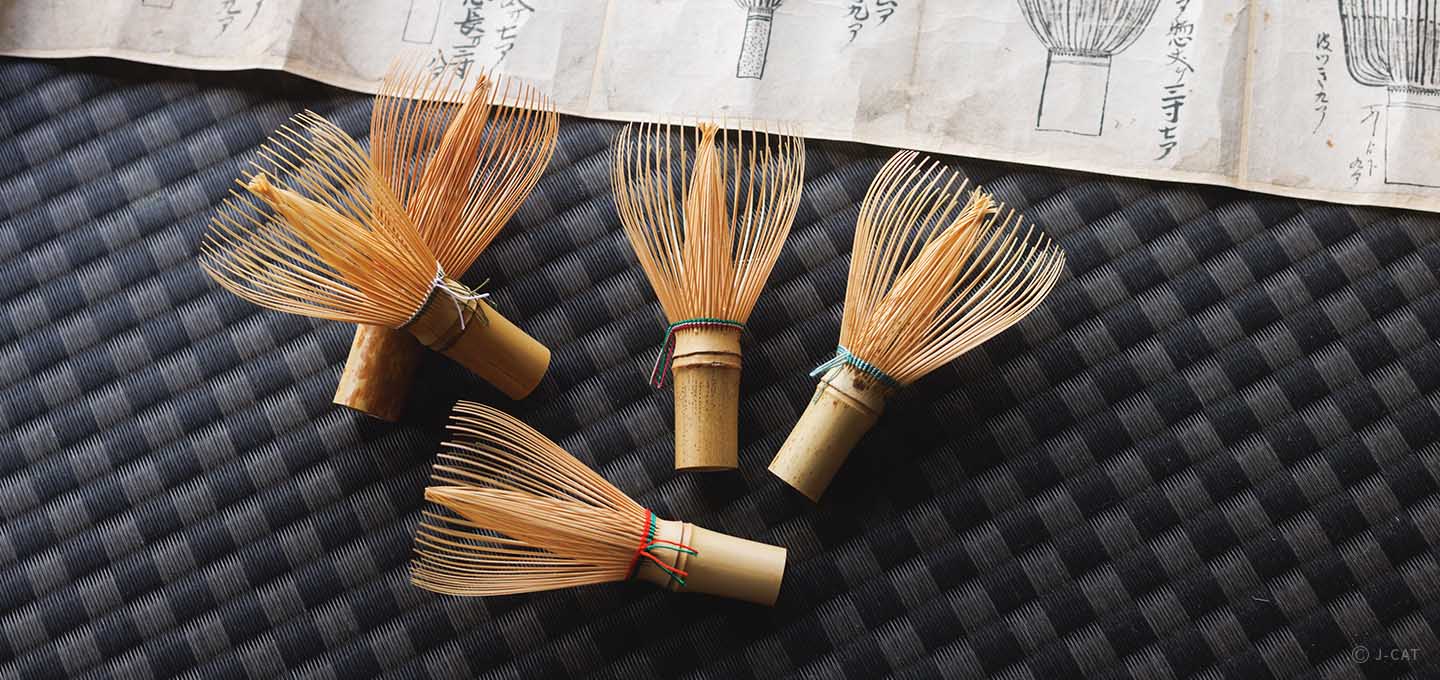
Special Experience
Nara
Experience Tea Whisk Making and Threading at a 500-Year-Old Workshop in Nara, Trusted by Shoguns
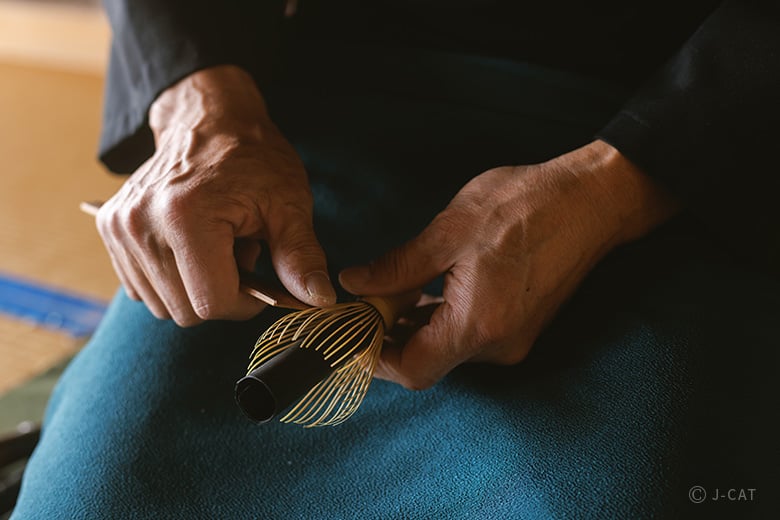
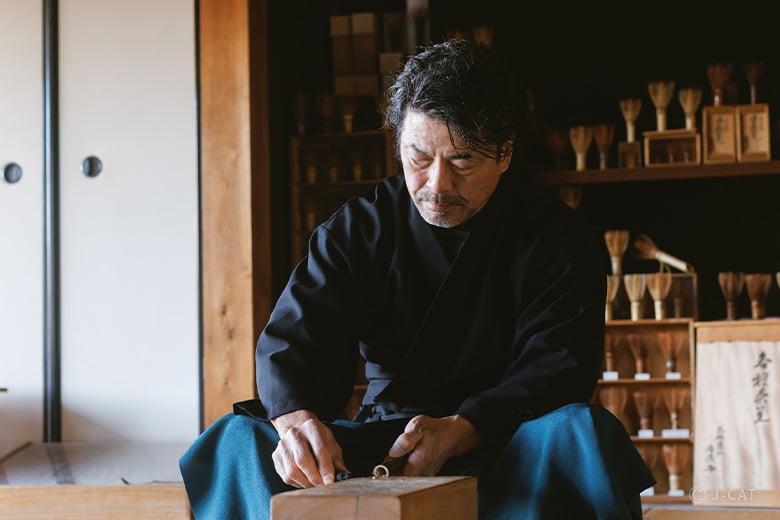
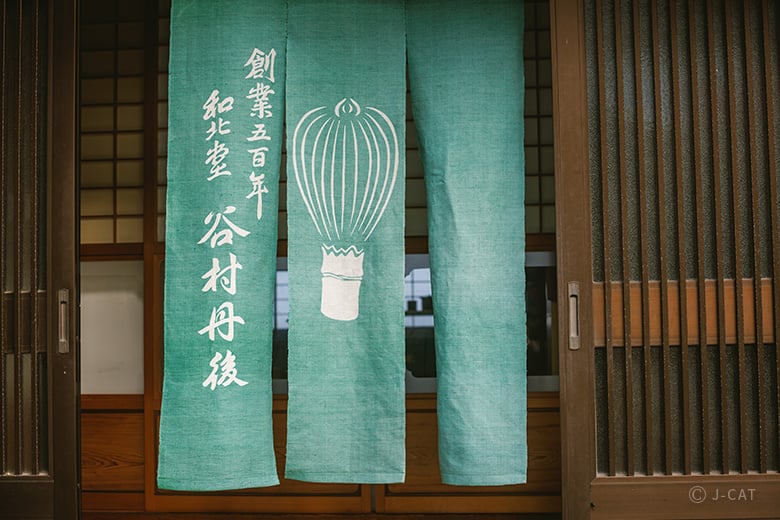
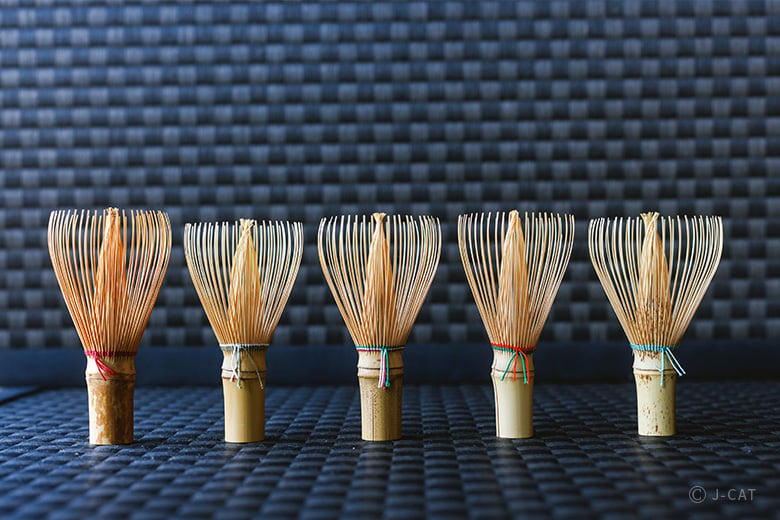
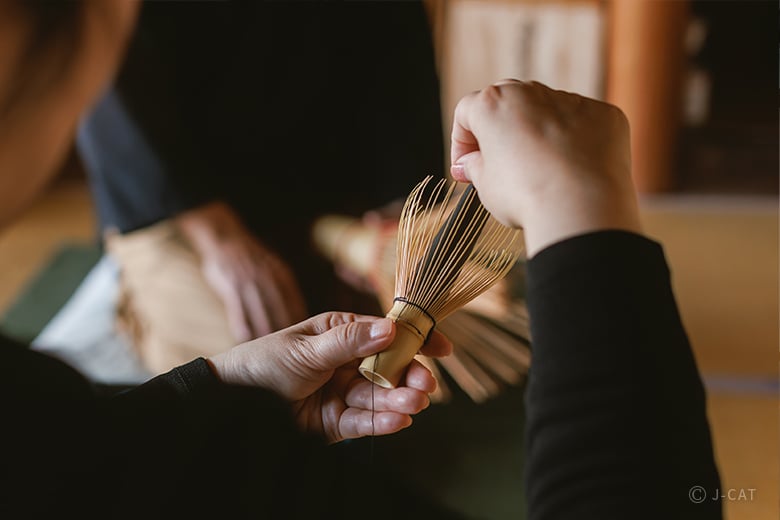
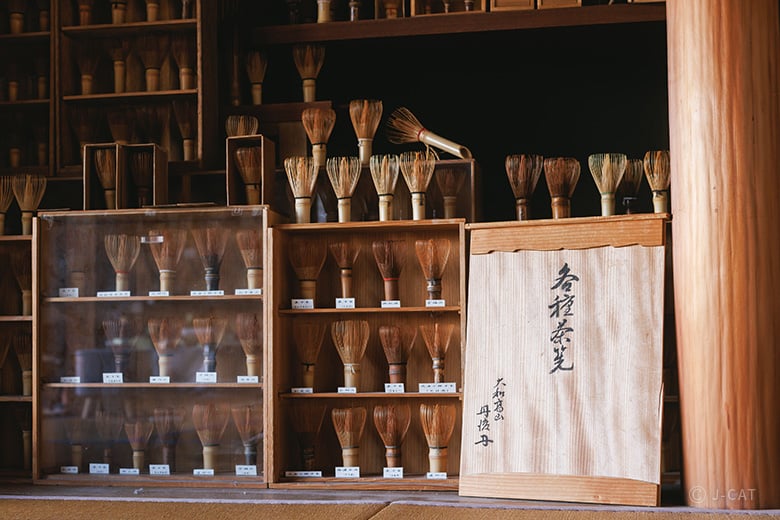
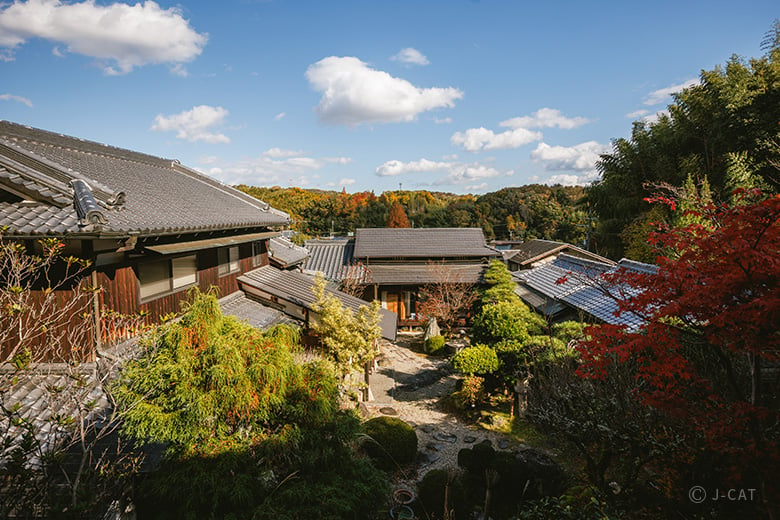
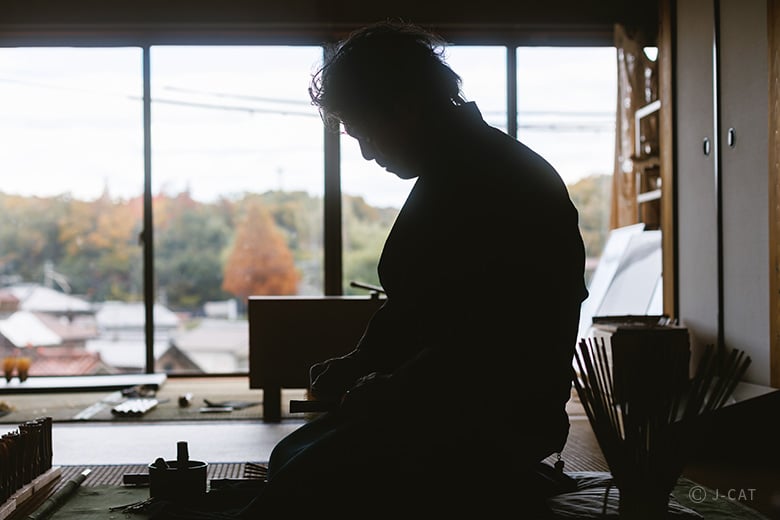
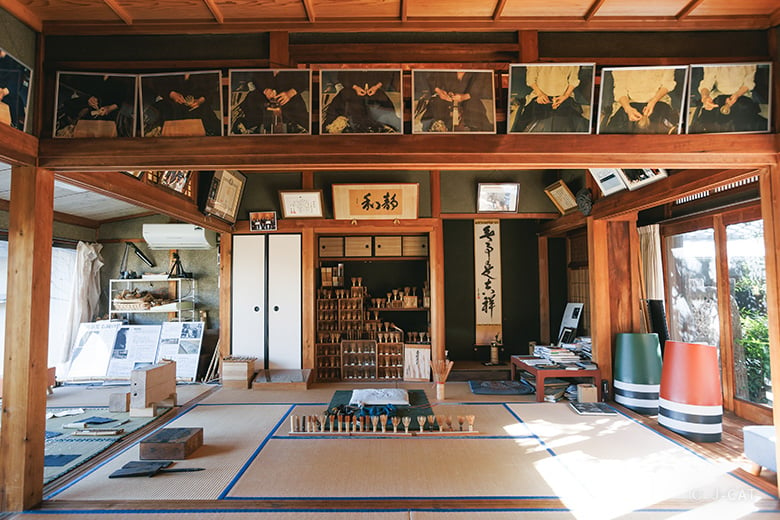
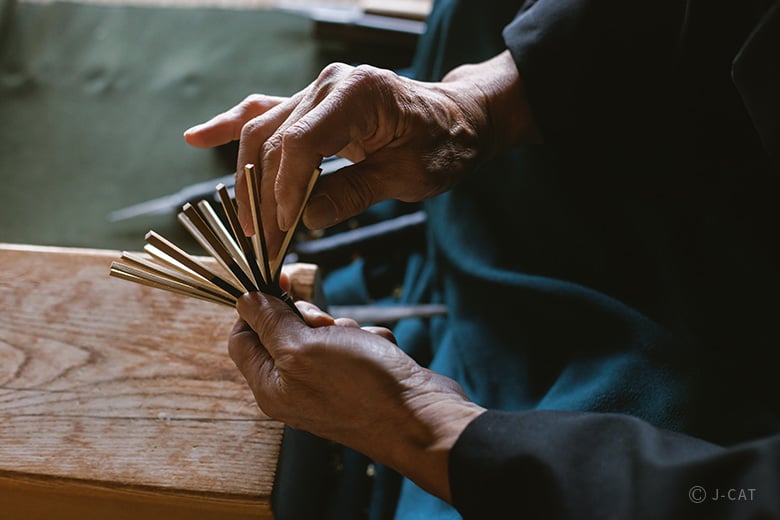
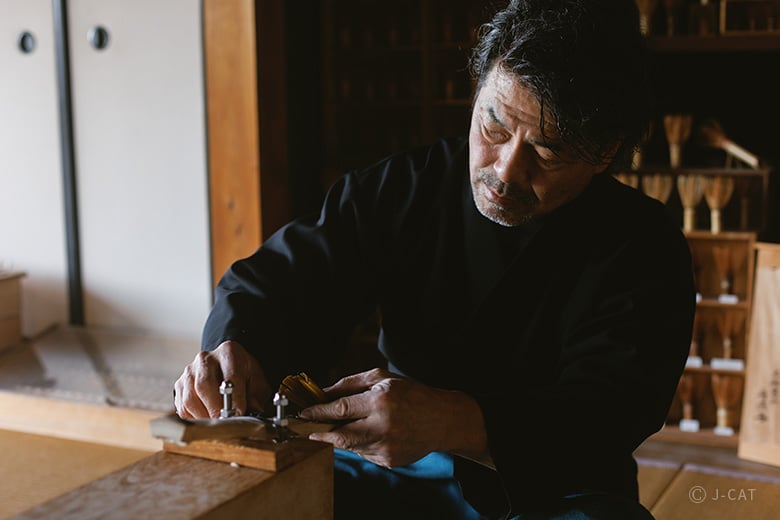
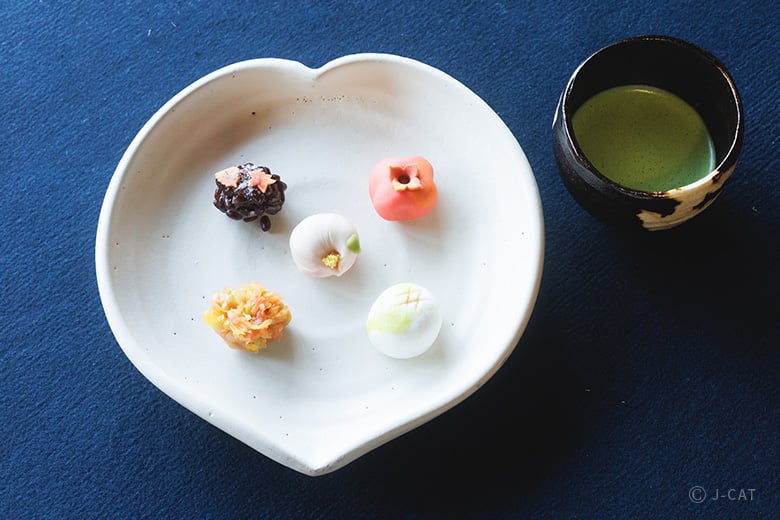
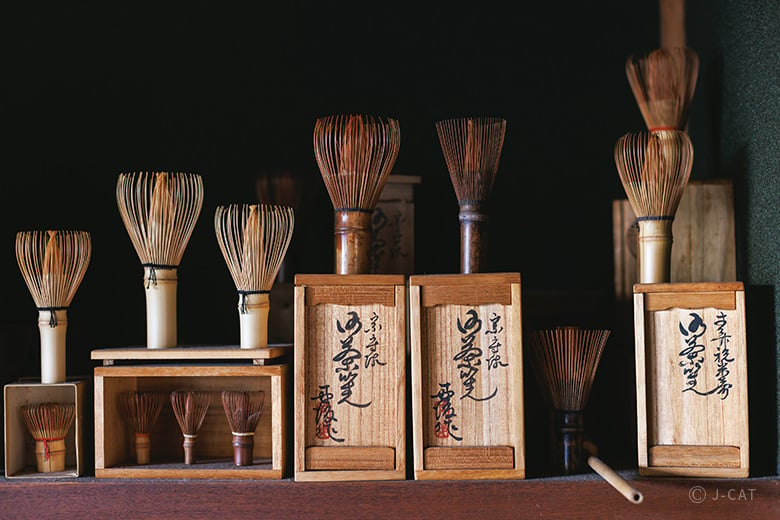
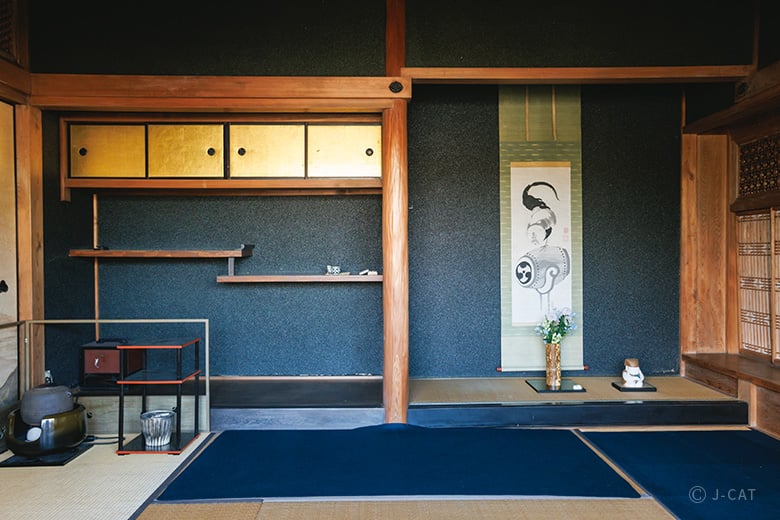
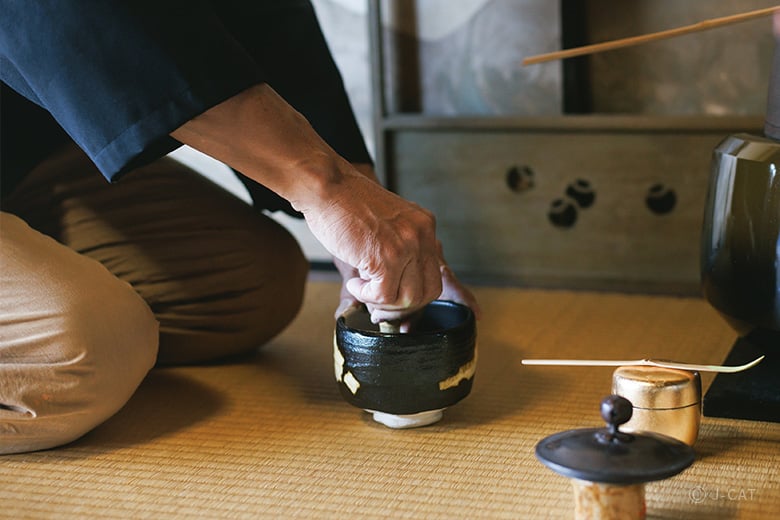
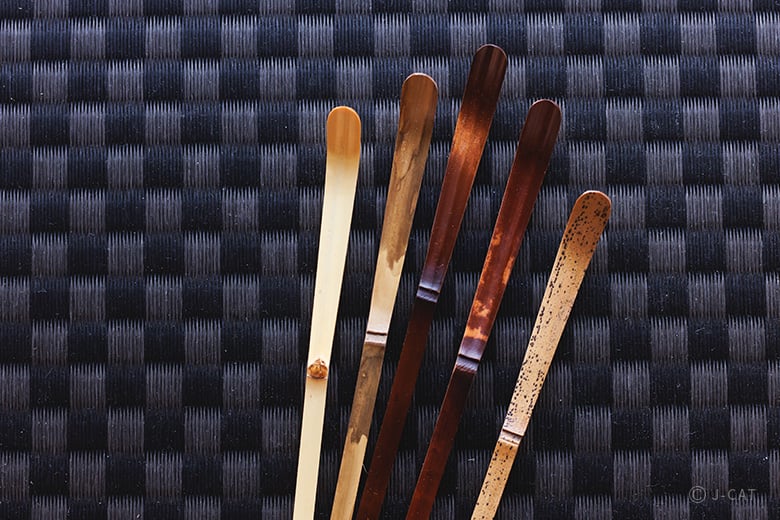
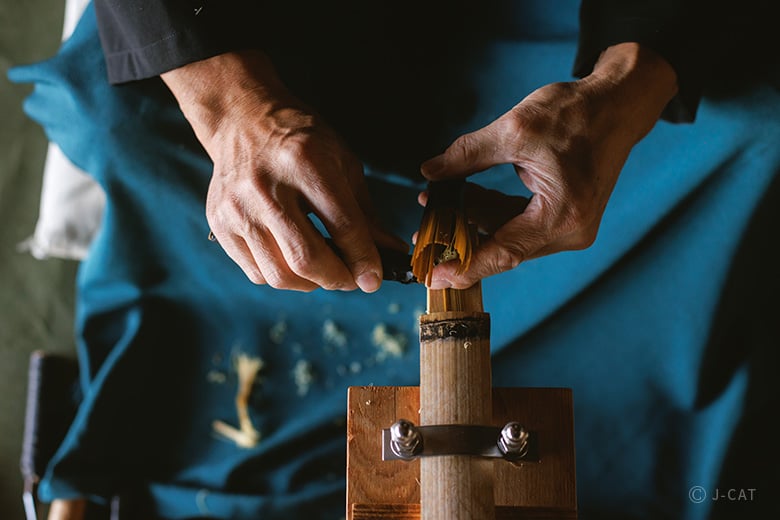
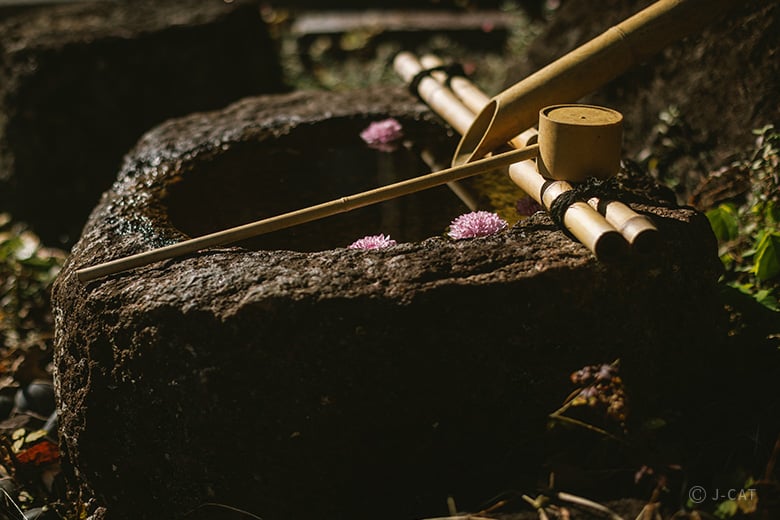
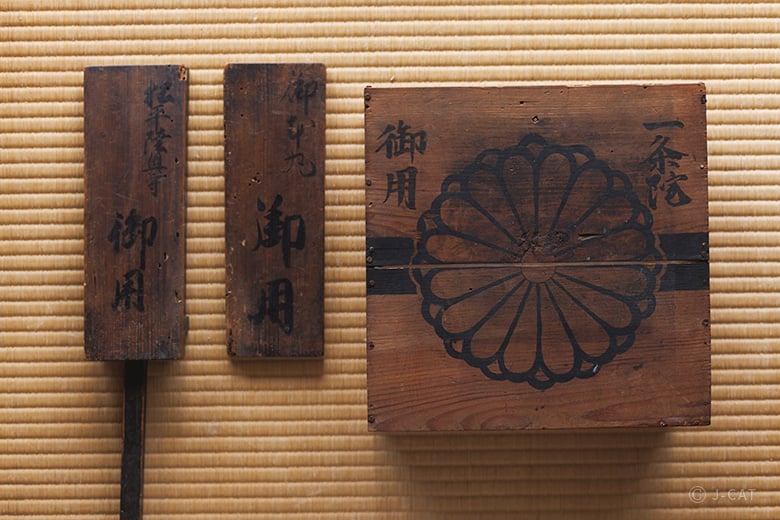
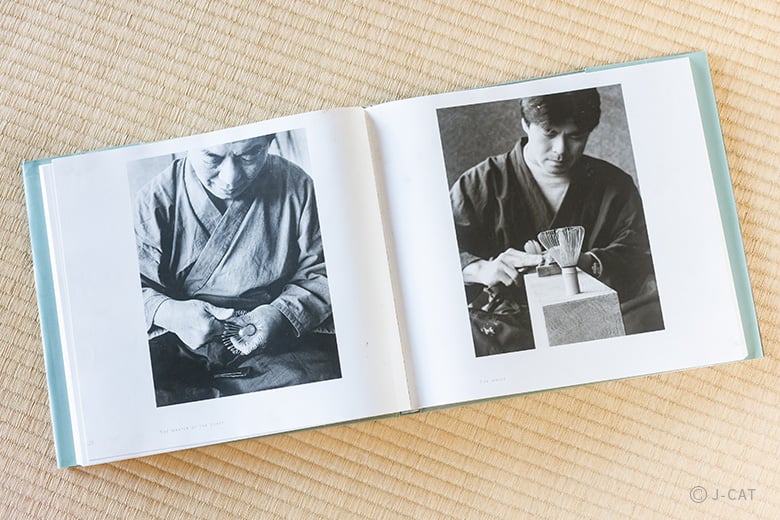




















Overview
For over 500 years, the Tanimura family in Ikoma City, Nara Prefecture, has upheld the craft of tea whisk making. In this experience, you’ll see a demonstration by the 20th-generation master, Tanimura Tango, and even try weaving threads into a tea whisk yourself. The visit includes a tea ceremony and a talk by Tanimura in the on-site tea room, accompanied by tea and sweets. Discover the art of tea whisk making with a master artisan and stir up a new appreciation for this understated traditional Japanese craft.
Key Features
・Observe 20th-generation master Tanimura Tango craft a tea whisk in Takayama-cho, Ikoma City, a renowned tea whisk production area, and try your hand at the threading process
・Learn about the history and techniques of tea whisks from Tanimura while enjoying tea and sweets
・For an additional fee, customize your tea whisk with stitching in your favorite color instead of the standard black
Nara
150mins
from ¥39,000 /person
1 - 6 participants
Available in English
Cancel free up to 8 days prior
Details
Tanimura Tango, A Tea Whisk Master with a Legacy Tied to the Tokugawa Shogunate
Takayama-cho in Ikoma City, Nara Prefecture, has been the heart of tea whisk production for over 500 years. The Tanimura family received their surname from the Tokugawa Shogunate during the Edo period (1603–1868) and continues to craft “Takayama tea whisks” today. This experience is led by tea whisk master Tanimura Tango, the 20th-generation head of the family.

Various tea whisks crafted by Tanimura and his ancestors are displayed in the workshop
Tea whisk making is a closely guarded tradition, passed from father to son within the Tanimura family. The name "Tango" has been carried by each head of the lineage. Tanimura began his training at 29, took on the title in 2006, and has since contributed to high-profile projects like the "REVALUE NIPPON PROJECT CHARITY GALA 2013 with GUCCI." In 2015, he was recognized as a traditional craftsman by the Minister of Economy, Trade, and Industry.

Tanimura Tango, the 20th head of the family, is surprisingly chatty and approachable, a contrast to his serious focus while crafting tea whisks
Today, about 70% of tea whisks in Japan are imported, while only 30% are domestically made. Tanimura says, "The quality of bamboo and craftsmanship in Japanese tea whisks is unmatched. Using a well-made whisk naturally enhances the flavor of the tea, and I hope more people can experience that difference."
Discover the 500-Year History of Takayama’s Tea Whisks
Begin the experience with tea and sweets while learning about the origins of Takayama tea whisks, dating back to the 15th century. Legend has it that Juko Murata, the father of the tea ceremony, asked the second son of the Yamato Takayama Castle lord to create the first tea whisk. When the Takayama clan moved away, their retainers preserved the craft, passing it down as a closely guarded secret.

The 19th-generation Tanimura Tango (left). Historical documents reveal how Takayama tea whisks have evolved through generations
As tea culture thrived, demand for tea whisks grew. The craft was protected by both Toyotomi Hideyoshi and the Tokugawa Shogunate. During the Edo period (1603-1868), the Tanimura family became official tea whisk makers for the Tokugawa Shogun, adopting the name "Tango." To safeguard their techniques, the family worked exclusively at night until the 18th generation.

Edo-period official tag and wooden box used for delivering tea whisks—visitors can hold and appreciate these historic items
Unlike tea bowls and scrolls, tea whisks were not traditionally documented in tea ceremony records, despite being essential tools. To elevate their value, the Tanimura family began sharing information about tea whisks around 1960. Today, they craft tea whisks for tea schools and welcome the public to their workshop, offering a chance to experience the art of tea whisk making firsthand.
Watch the 20th-Generation Head Craft a Tea Whisk
In the workshop, you'll see step-by-step samples showcasing the intricate process of making tea whisks—it’s more detailed than you might expect. Observe Tanimura’s skilled craftsmanship and learn how these tea whisks come to life.

A single bamboo stalk transforms into a tea whisk with remarkable speed
The Tanimura family has long supplied tea whisks directly to tea schools like Urasenke, as well as to nobles and temples, even serving as purveyors to the Tokugawa Shogunate. The shape and design of tea whisk vary by tea school, and their production involves five distinct stages. Tanimura, the current head, has mastered all of them—a journey he says took a full decade. Each spline is carefully shaved to a fine, transparent finish at the tips.
The highlight of the demonstration is the "aji-kezuri" process, where the inside of the spline is carefully shaved from base to tip, making it thinner with each pass. There's a hypnotic quality to the smooth, synchronized movements of hand and blade. This skilled technique produces exceptionally thin, flexible tips, while the double-layered structure of the inner and outer splines creates a tea whisk capable of producing fine, creamy bubbles.

Carefully threading two threads between the splines—watch and follow Tanimura’s precise hand movements
Try the 'Itokake' Process, Where Threads are Woven into a Tea Whisk
After watching Tanimura’s demonstration, you’ll get to experience "itokake," a key step in crafting Takayama tea whisks. Using the Shinkazuho tea whisk favored by the head of the Urasenke tea school, you’ll weave a darning thread between the bamboo splines. One defining feature of Takayama tea whisks is the separation of inner and outer splines above the nodes, achieved through this threading process. "The darning thread creates a three-dimensional shape and enhances the tea whisk's ability to stir tea," explains Tanimura.
Threading involves alternating two fine threads between the tips, a task that demands focus and steady hands. The trick is to apply just enough pressure to keep the spacing even without pulling too tightly. It’s a rewarding moment as you contribute to the craftsmanship of a tea whisk made with centuries-old techniques.enough pressure to keep the spacing even without pulling too tightly. It’s a rewarding moment as you contribute to the craftsmanship of a tea whisk made with centuries-old techniques.

Add a pop of color with customizable threads to express your style (optional, extra cost / photo for illustration only)
Add a personal touch by choosing colorful darning threads for your tea whisk (for an additional fee). For the lower weave, select from eight colors when you make your reservation. On the day, choose from dozens of options for the upper weave, which reinforces the base. While most tea whisks are made with black thread, Tanimura says, "If you're enjoying tea at home, choosing colors you love will make your whisk feel more personal.”
Your finished tea whisk will be packaged in a special box with Tanimura’s handwritten inscription, ready for you to take home the same day.
A Moment of Hospitality in a Special Tea Room
On the Tanimura family grounds is a tea room built by Tanimura’s grandmother, a tea lover. After your experience, Tanimura will host a tea ceremony for you there.

Enjoy tea brewed with Tanimura’s handcrafted tea whisk
During the ceremony, Tanimura will guide you in preparing silky-smooth tea. You’ll also have the chance to admire the tea utensils he’s collected, as well as hanging scrolls by a famous 18th-century painter. Relish seasonal sweets from the Japanese confectionery shop Kasendo in Ikoma and matcha made with the finest tea whisk, while chatting with Tanimura about his craft.

Explore various types of bamboo, including white, stained, and sesame bamboo. Tea lovers might also want to try making a custom tea scoop (photo for illustration)
You can also swap the tea whisk-making experience for creating a tea scoop with a canister made by Tanimura (some options free, others with an additional cost based on bamboo type). Take your finished scoop home the same day. Consider making a tea whisk first, then returning to craft a scoop later.
Traditional Japanese Craftsmanship Passed Down with Care
Making delicate tea whisks is an art that requires only fingertips and a small knife, relying on touch to balance each whisk. Tanimura says the core of this craft is, "Creating a tea whisk that is easy to use, durable, and beautiful."

Explore blueprints passed down since the Edo period and reflect on the long history of tea whisks (photo for illustration)
Tanimura adds, "A tea whisk makes it easy to brew tea at home. I suggest starting your day with a cup to help clear your mind and reset." With each soft stroke, the whisk quiets the mind and creates delightful tea. Experience these time-honored techniques firsthand from a craftsman with over 500 years of history.
Wahokudo Tanimura Tango

Wahokudo Tanimura Tango
The Tanimura family, known as "Tango" tea whisk makers for the Tokugawa Shogunate, has preserved over 500 years of tradition. Tanimura Tango, the 20th generation, took on the name in 2006 and works as a tea whisk maker for the Urasenke and Mushakojisenke schools. In 2015, he was certified as a traditional craftsman by the Minister of Economy, Trade, and Industry. To share the beauty of tea whisks, he holds workshops and experience sessions, opening up the family's skills to the public.
Customer's Voice
Interesting, worthwhile, friendly experience.
B.M. United Kingdom
The most memorable part of the experience was watching Tango-san skillfully craft the chasen by hand and then having the chance to take part in the process myself. Seeing how a simple piece of bamboo could be transformed into such a refined and functional work of art was fascinating. Each step required incredible precision, patience, and care, and Tango-san’s quiet focus and respect for his craft really stood out to me. After completing our own whisks, we were welcomed into his home to enjoy beautifully presented wagashi and freshly prepared matcha. Sharing tea in that warm, traditional setting made the entire experience feel deeply personal and authentic. It was more than just a workshop—it was a genuine cultural exchange that gave me a lasting appreciation for the artistry and spirit behind Japanese craftsmanship. Seeing how much patience, precision, and respect for tradition goes into creating something as simple yet essential as a tea whisk helped me understand the Japanese concept of monozukuri—the spirit of dedication to perfecting one’s craft. It also gave me a greater sense of how everyday objects in Japan often carry deep cultural meaning, reflecting harmony, beauty, and attention to detail. I’d tell a friend that the chasen-making workshop in Takayama was one of the most memorable and meaningful experiences I had in Japan. We got to work with a local artisan who showed us each step of transforming a single piece of bamboo into a delicate tea whisk used in traditional tea ceremonies. The atmosphere was calm and focused, and I really felt the Japanese respect for craftsmanship and tradition. It wasn’t just a hands-on activity; it was like stepping into a piece of Japanese culture and history. I left with not only my own handmade whisk but also a deeper appreciation for the care and mindfulness behind even the simplest objects in Japan.
G.C. Australia
Location
Wahokudo Tanimura Tango
Ikoma City, Nara
Request for booking
Select first preferred date (JST)
December 2025
Sun
Mon
Tue
Wed
Thu
Fri
Sat

Instant Booking

Request Booking

17
Full

17
Unavailable
Nara
150mins
from ¥39,000 /person
1 - 6 participants
Available in English
Cancel free up to 8 days prior
Things to know
Contact Us
If you have any questions, please contact us using the form below.
We also accept bookings from corporate clients and travel agencies.